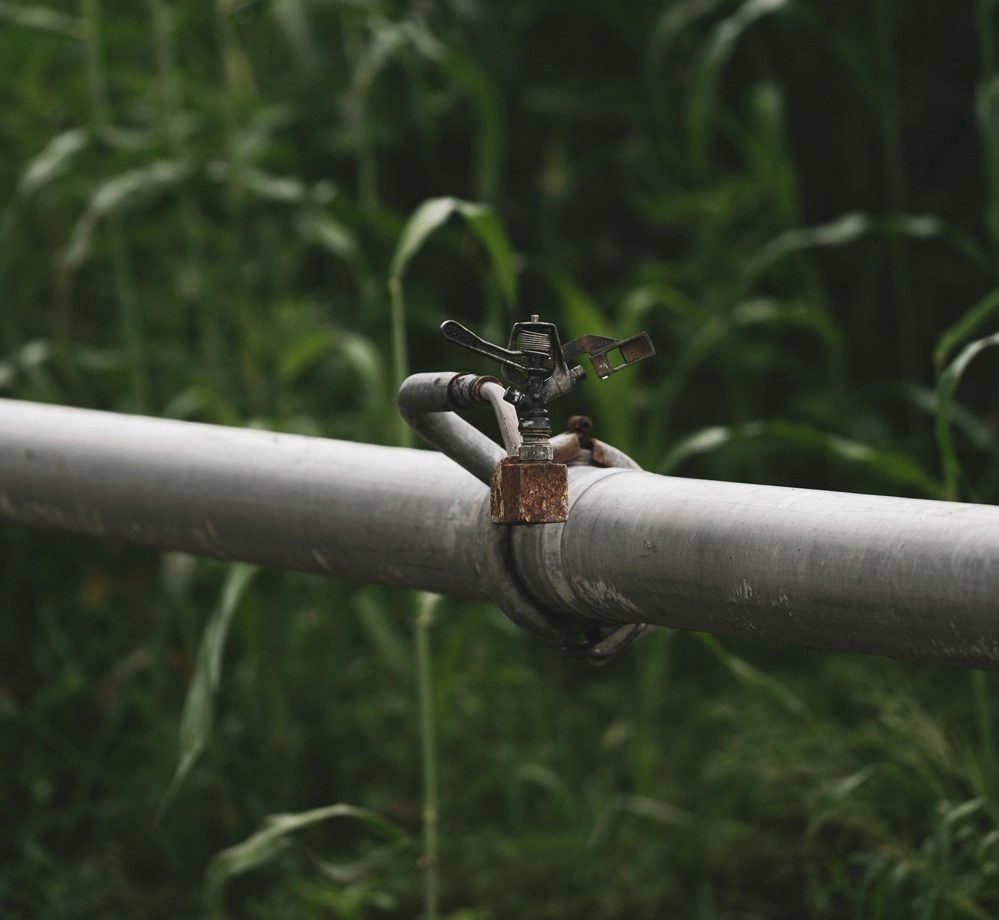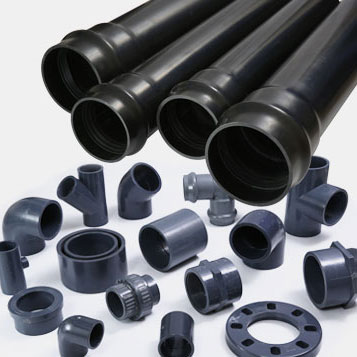How to Find Broken Pipes in Your Underground Sprinkler System

Sprinkler systems are crucial for maintaining lush landscapes and sustaining agriculture, especially in countries with desert weather conditions, such as the United Arab Emirates.
A sprinkler system efficiently distributes water, minimizing waste and ensuring plants are sufficiently hydrated, even in scorching temperatures. It also plays a crucial role in fire prevention, particularly in urban areas, farmlands and vast expanses of greenery.
With careful design, modern technology and high-quality underground drainage pipes, a sprinkler system can sustain a lush landscape and increase the overall safety of properties. You can worry less about broken sprinkler pipes, water wastage and other common irrigation problems.
Why Choose an Underground Sprinkler System?
An underground or in-ground irrigation system offers the following benefits:
- Convenience – An automated underground sprinkler system keeps lawns, farms and various types of agricultural land well-irrigated without the need for manual watering.
- Efficient water use – The design and technology behind an irrigation system allows for land to stay properly irrigated without the danger of overwatering.
- Soil nutrient preservation – Manually watering the ground can lead to overwatering, which then causes runoff that carry away nutrients from the soil and plants, making it harder for foliage to thrive.
- Enhanced landscape beauty and safety – Since a sprinkler system is set underground, the grounds are free of pipes, hoses and other features that can clutter the landscape and cause tripping accidents.
The convenience and water efficiency features of underground sprinkler systems make them a popular choice for residential, commercial, and agricultural properties.
How Do You Find a Broken Sprinkler Pipe Underground?
Underground irrigation systems offer the aforementioned benefits but pose one potentially huge challenge: detecting broken sprinkler pipes.
A sprinkler system with one or more broken pipes disrupts normal water distribution, leading to uneven watering and possible plant damage. Failing to have broken pipes repaired immediately means wasting more water and increasing the potential cost of fixing them.
Although it can be tricky to detect broken sprinkler pipes underground, there are ways to do this.
Below are some tips on how to find a broken sprinkler pipe underground:
1. Look for signs of a broken or burst pipe.
Knowing the common signs of a broken pipe can help you find its exact location. Below are some of the most common signs to look for:
- Obvious leaks or water spurts
- Puddles, or flooded or constantly damp areas on the ground
- Grass that’s taller or darker around a sprinkler head than the rest of those around the area
- Low water pressure coming from sprinkler heads
2. Use an underground pipe leak detector.
If there are no obvious signs of an underground broken pipe, use pipe leakage-detecting tools to locate it.
Examples of these are:
- Water leak microphones
- Leak noise loggers
- Acoustic testing kits
- Audio devices for recording leaks
3. Find the broken pipe by digging into the ground.
Once you know where the leaking pipe is located, study the irrigation system plan if you have one. Doing so will help you follow the pipeline, ensure you or the repair technicians dig in the right place, and avoid damaging intact pipes.
Before digging, turn off the sprinkler’s main water supply to avoid getting wet from the leaking pipe.
Once you start digging, do it carefully to avoid further damaging the broken pipe and breaking the ones that are still intact. When you see the pipe, look for cracks, holes and other signs of damage.
It’s best to take photos of the damaged pipe so you can get the right supplies to repair or replace it.
How Do You Fix a Broken Underground Sprinkler Pipe?
After locating the damaged pipe, you need to know how to fix a broken underground sprinkler system.
Repairing the damage depends on its location in the sprinkler system and severity. You should get suitable PVC pipe accessories to fix it based on these details. Examples of these are:
1. Clamps
You can use a saddle or repair clamp to cover or wrap around the damaged pipe. These accessories create a tight seal that prevents the crack or hole from getting bigger and leaking.
2. Expanding couplings
If the hole or crack is on a fitting found in a tight spot, such as inside a valve box, you need an expanding or telescopic coupling. This type of sprinkler pipe repair coupling has a stationary end you attach to a section of the pipe and a movable shaft you can slip into the other end or connected fitting to seal the leak.
3. Compression couplings
A compression or dresser coupling has a gasket with a mechanical seal that wraps around the hole or crevice to stop it from leaking.
4. PVC pipe bridge
This involves creating a bridge using 90-degree pipe fittings and a section of a PVC pipe to repair a broken one located over growing plant roots or in a small area.
With the sprinkler system plan, equipment, supplies and know-how, you can find and fix broken pipes even if they are underground so they’re restored to perfect working condition.
Visit our PVC pipe fittings page to find the supplies you need to fix broken sprinkler pipes.
We're here to help
Let our specialists help you find the right piping products for your needs. Get access to expert services and top-of-the-line supplies for quality, on-time, professionally delivered projects. Get in touch with the Polyfab team today.

